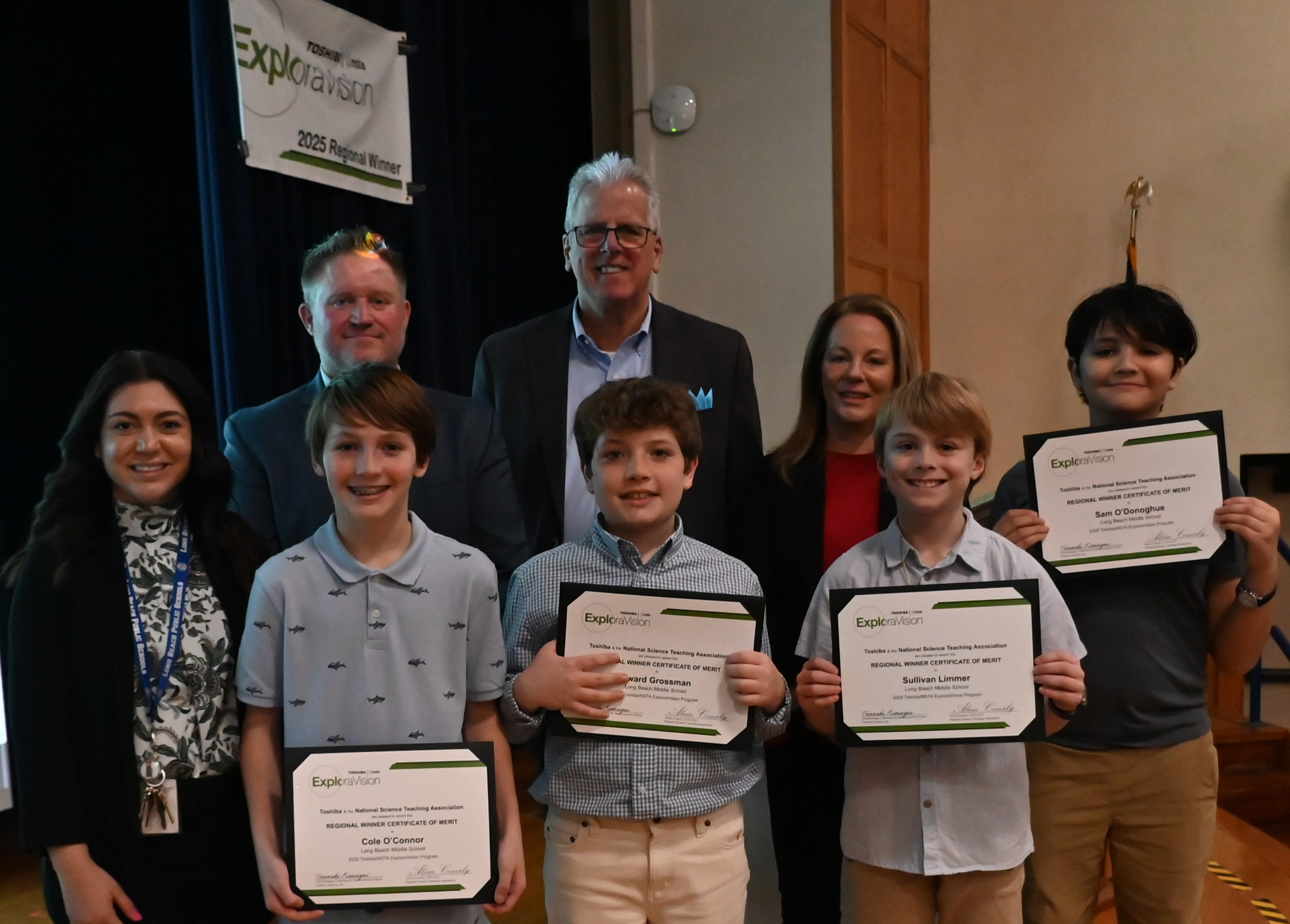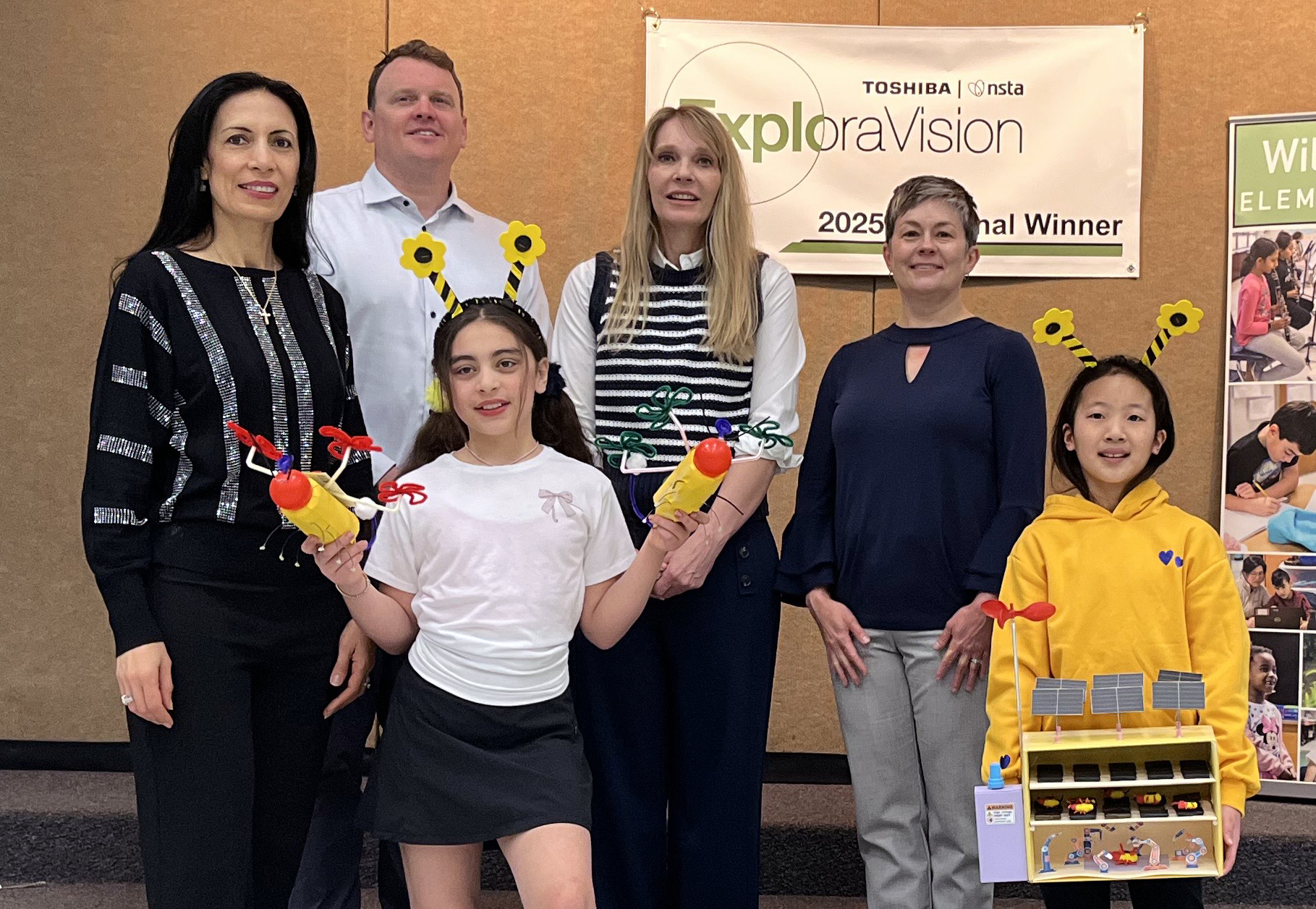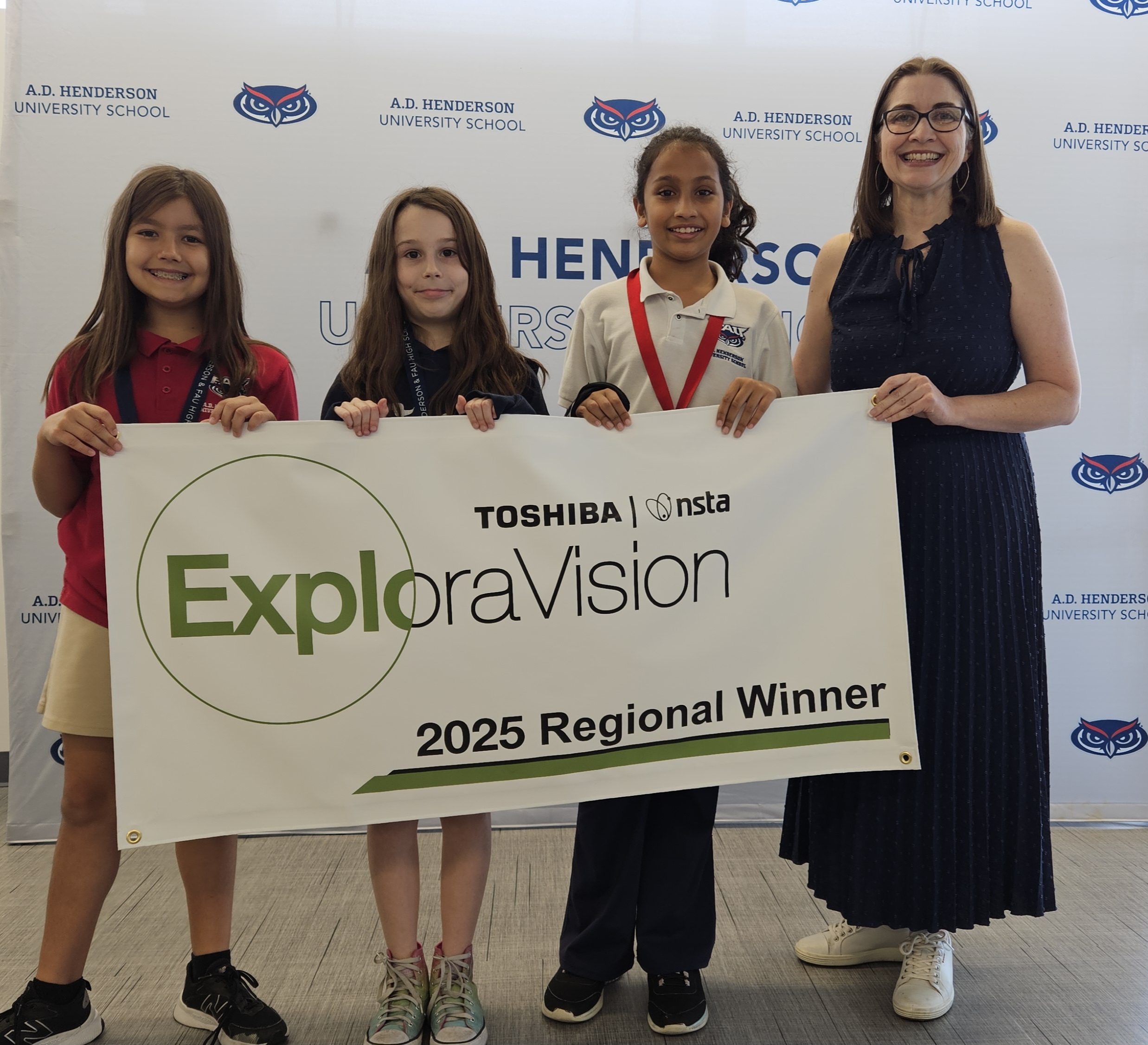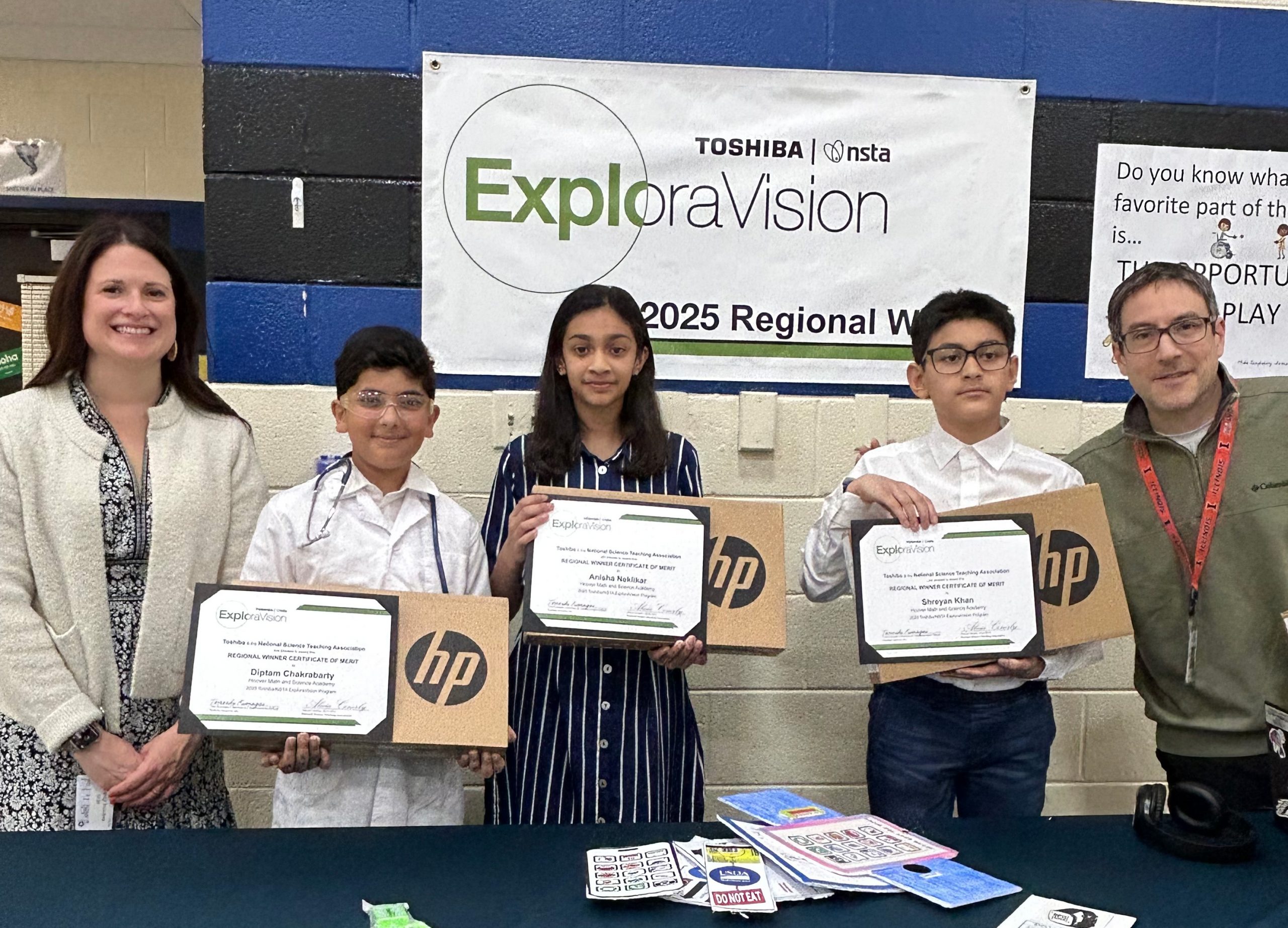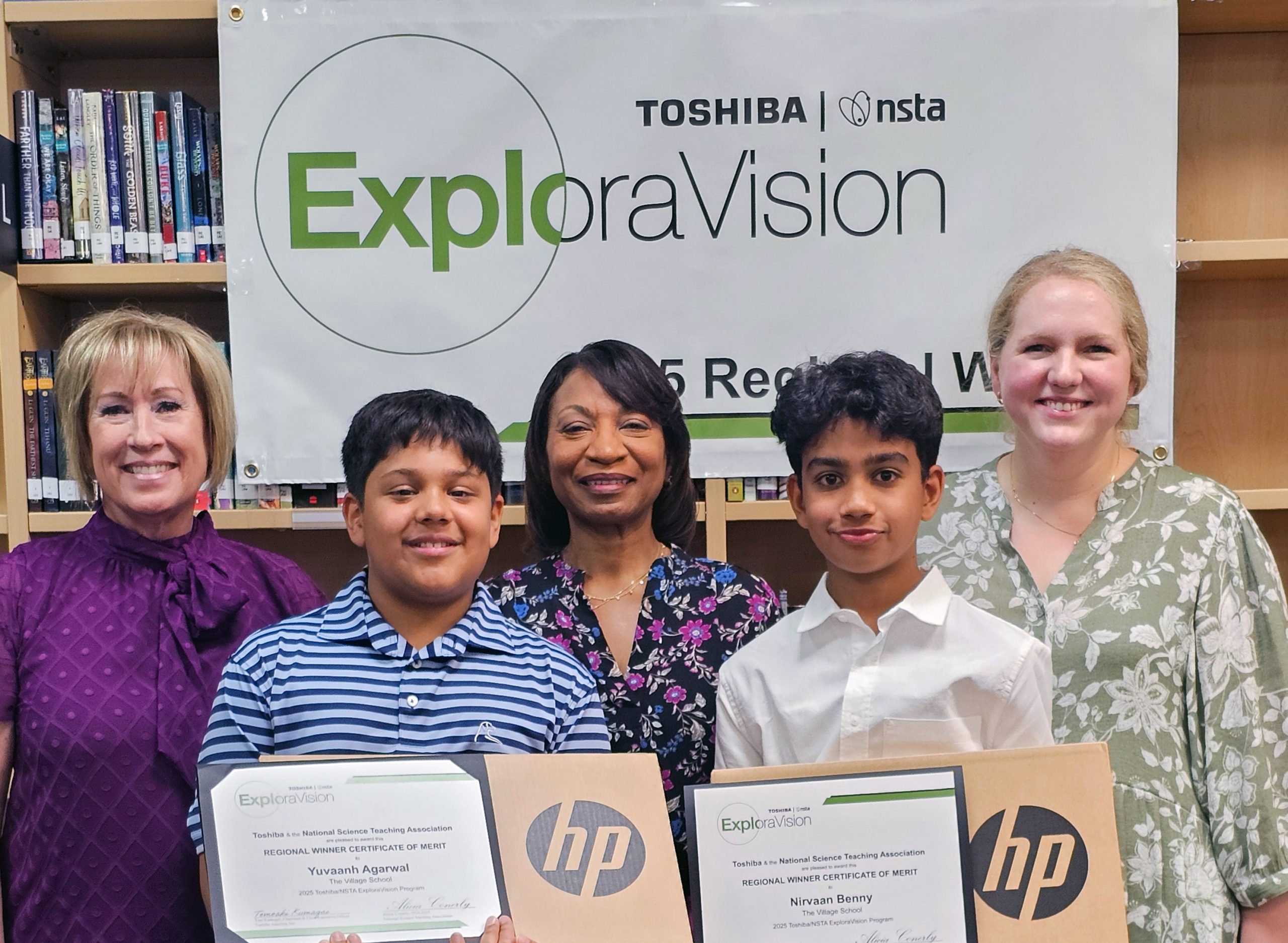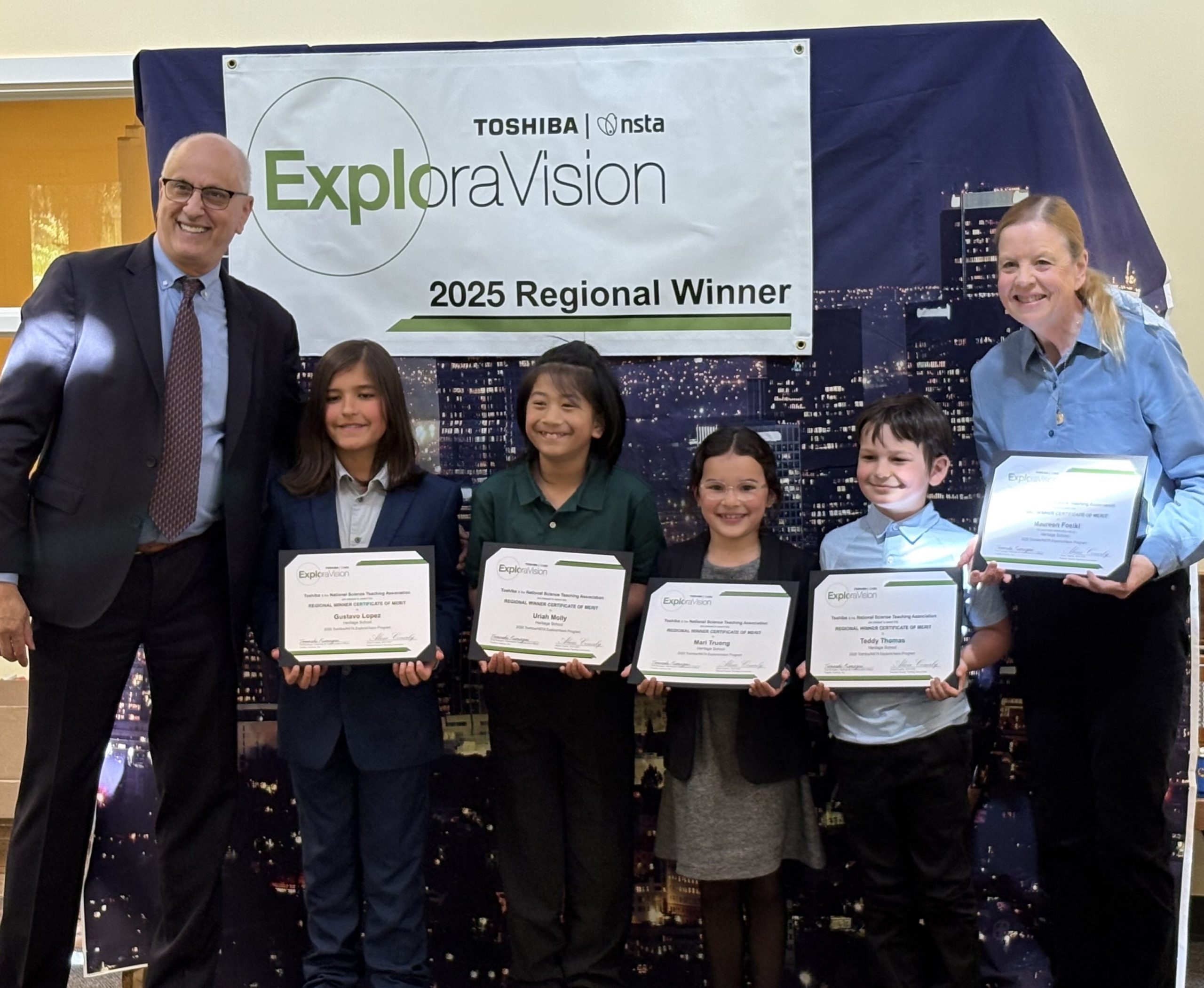Electro-BUZZ is an exciting new technology that uses special drones to help pollinate plants and crops, just like bees do! With more people in the world and bees facing problems like losing their homes and being affected by chemicals, Electro-BUZZ drones step in to lend a hand. These drones run on clean energy, such as solar, wind, and kinetic power, and are super smart, using technology to adapt to different environments. Working together as a team, the drones cover large areas to pollinate plants and make sure farmers grow plenty of food. The drones are strong, energy-efficient, smart, and eco-friendly, making them the perfect solution to help our planet. The Smart Hive works with drones, keeping track of pollination and helping the environment by sorting the flowers that have been pollinated. By combining nature and technology, Electro-BUZZ helps create a healthier, more sustainable future for food and our planet!
The project website.
